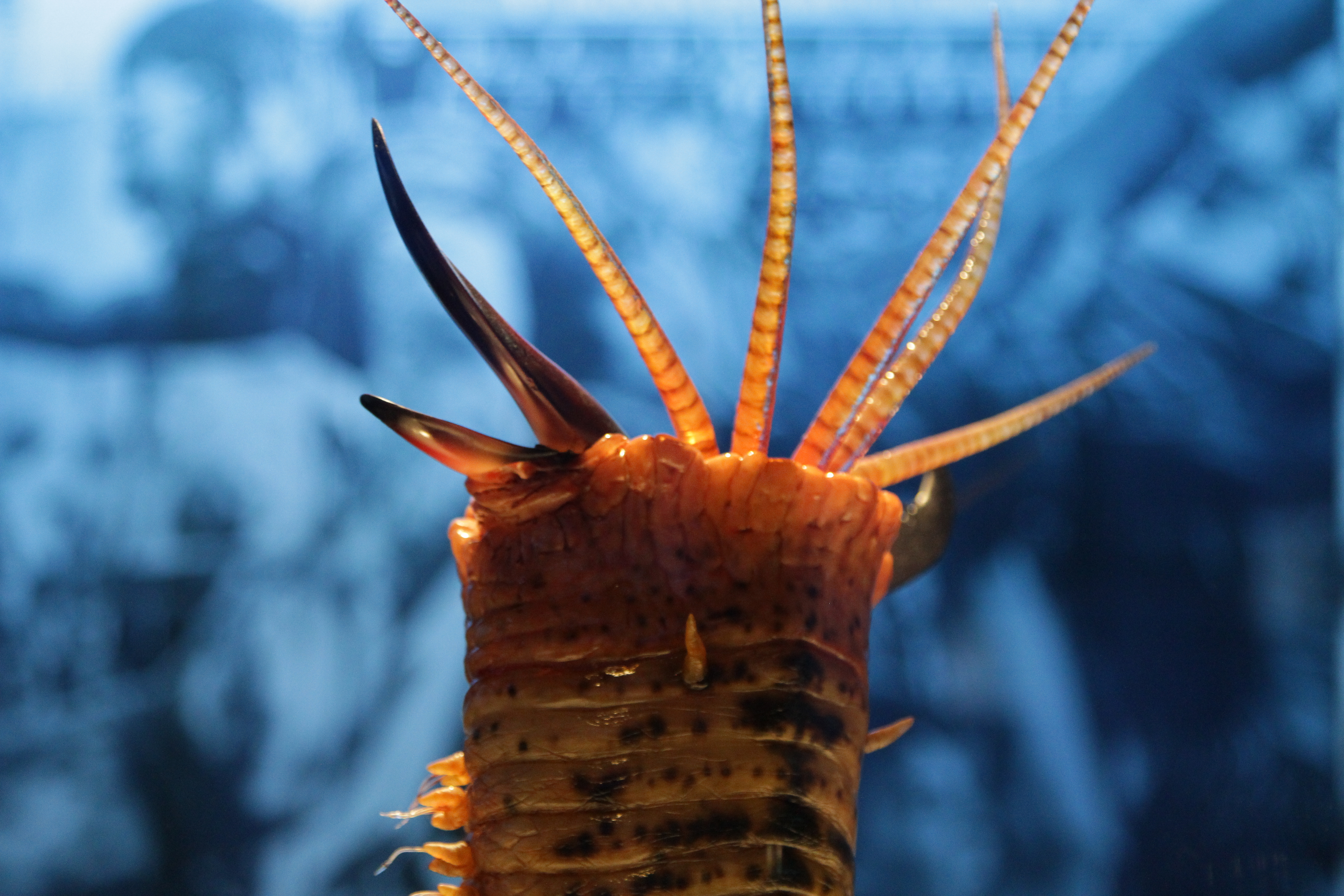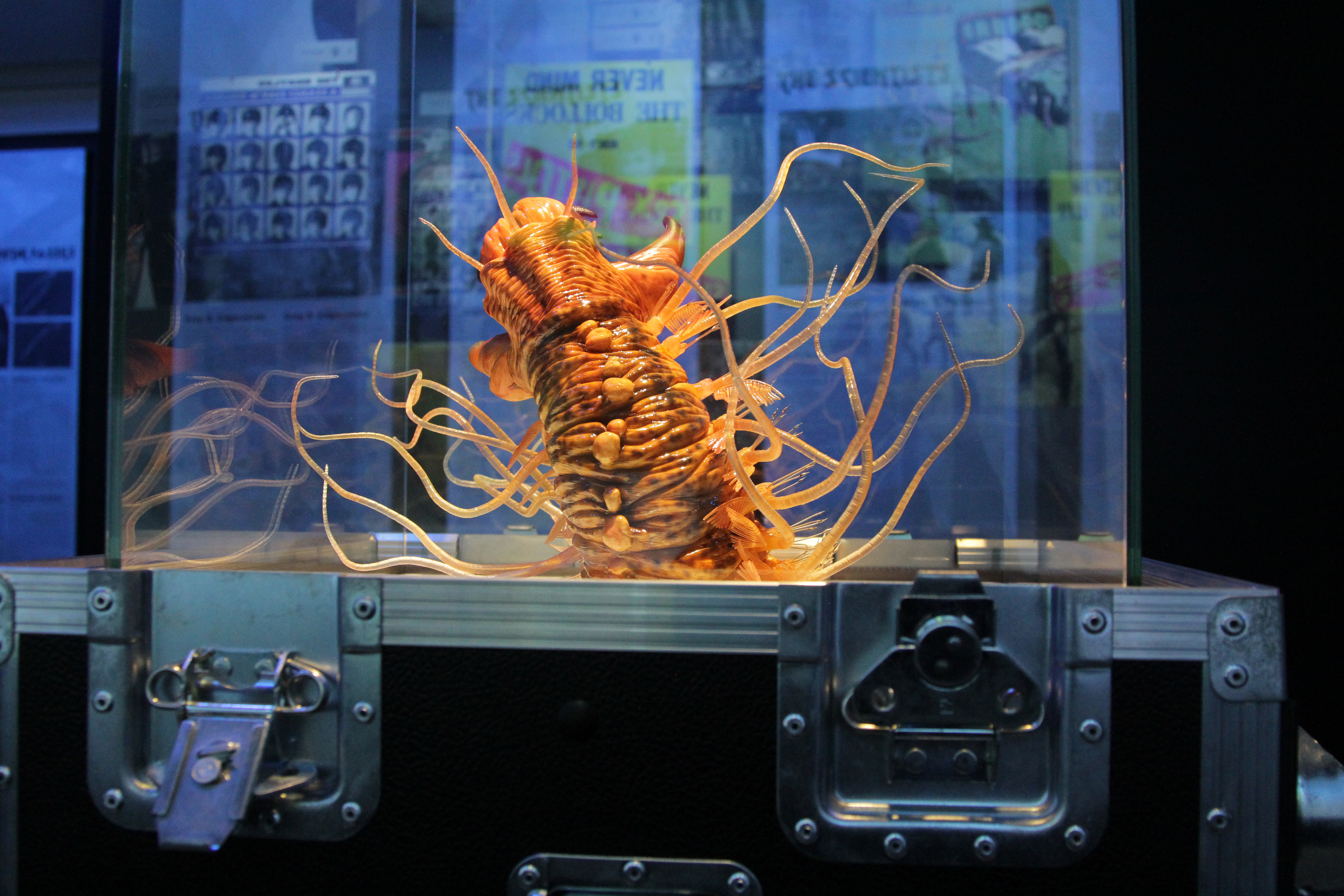Special exhibition
Rock Fossils on Tour
The Museums Rocks!
9. April until 30. October 2022
From 9 April until 30 October 2022, the Senckenberg Natural History Museum presents the exhibition “Rock Fossils on Tour”
Fossils may be ancient, but they are neither dusty nor boring – they rock! Paleontologists do not just study fossilized creatures; some of them are also big fans of rock music. To honor their idols, fossil researchers sometimes name scientific discoveries after bands or musicians. Scientifically and didactically exciting, the exhibition “Rock Fossils” presents realistic models of fossils named after the “Who’s Who” of the music world: Sid Vicious, “Lemmy” Kilmister, Mick Jagger, King Diamond, Cannibal Corpse, and many others. The often bizarre exhibits range from finely crafted lifelike models to an oversized two-meter fossil couch made of leather. At listening stations, visitors can tune in to the sound of the rock stars. “Rock Fossils on Tour” offers a journey through evolution accompanied by the hard riffs of rock music. Let‘s rock!
The Rock Fossils Team: 10 Tons, Rune Fjord Studio, Jesper Milán, Geomuseum Faxe, Mats E. Eriksson, and Achim Reisdorf. We thank the Natural History Museum in Berne, the Fossil Museum in Dotternhausen, and the National Museum for Natural History in Luxembourg for their contributions.


